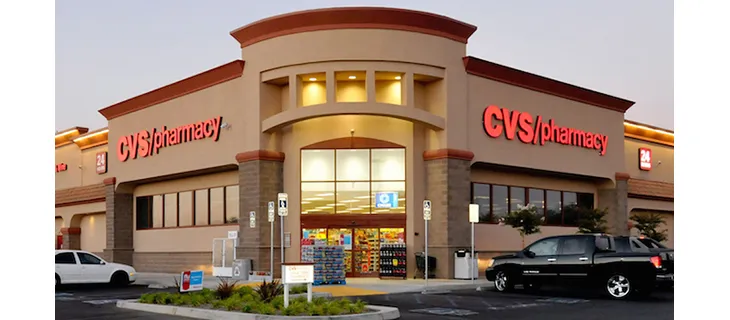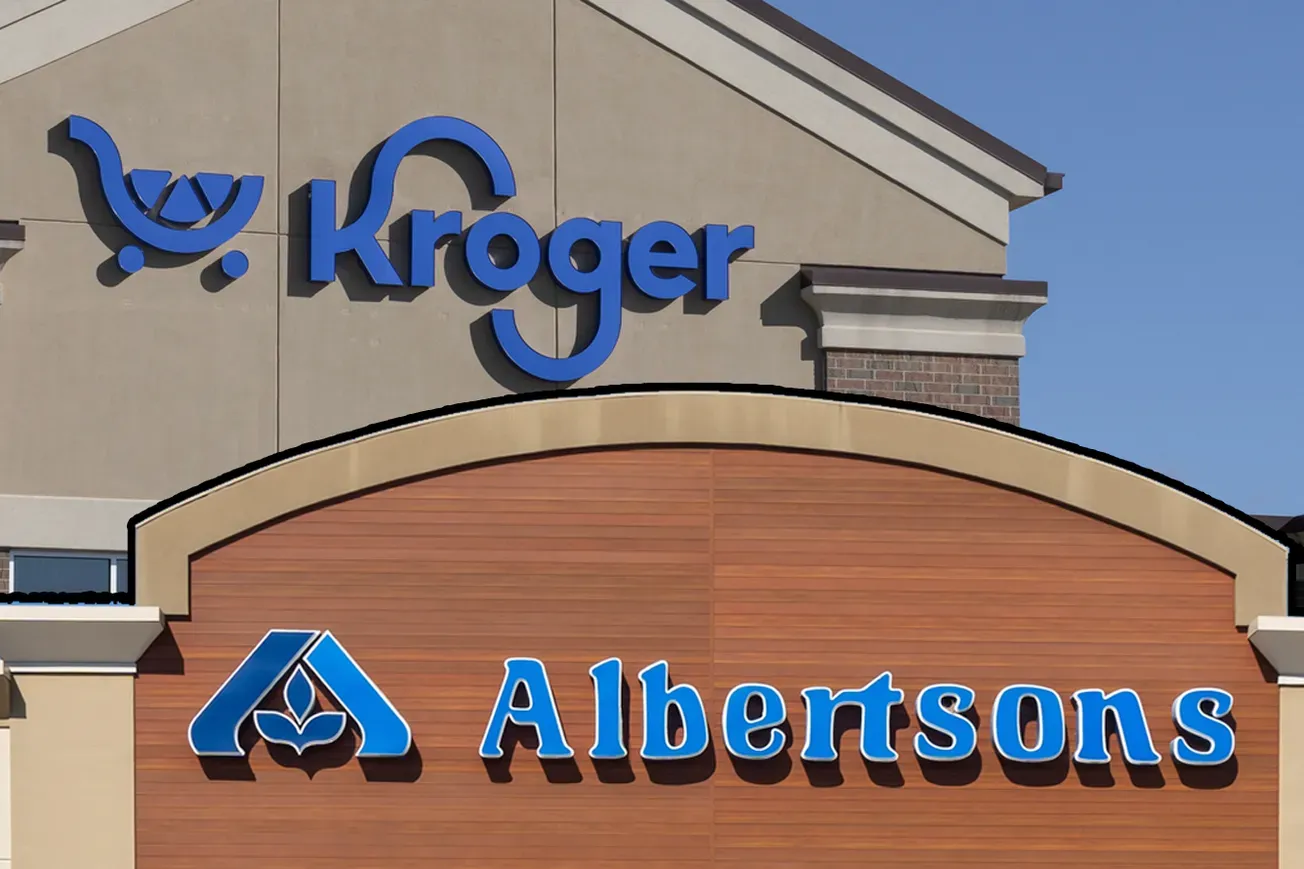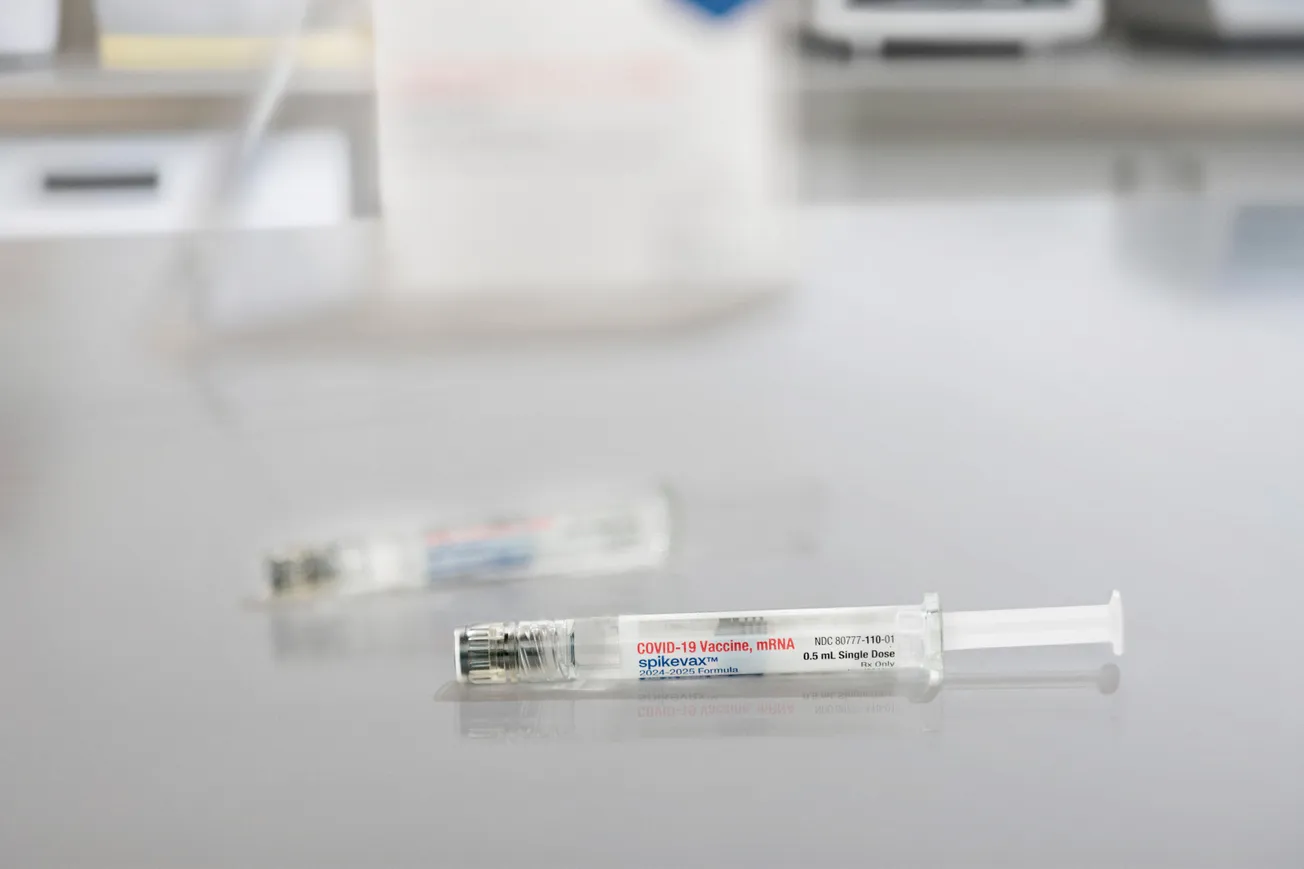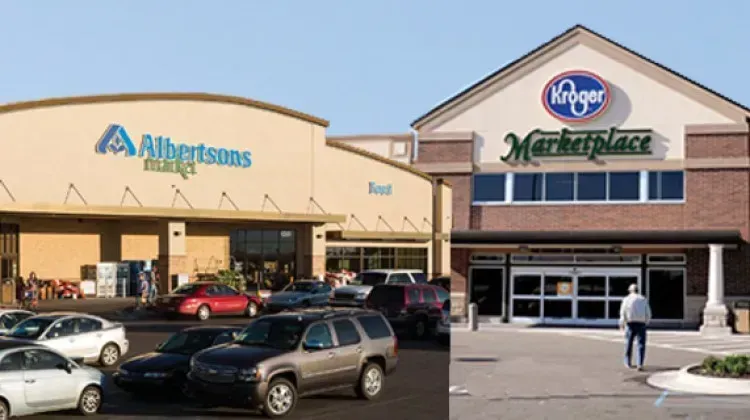WOONSOCKET, R.I. — CVS Health is introducing a new approach to the pricing of Pharmacy Benefit Management (PBM) services. The new Guaranteed Net Cost pricing model simplifies the financial arrangements underlying PBM contracts and focuses on helping plan sponsors deliver savings through PBM cost management strategies such as formulary, utilization management and performance pharmacy networks. This new model more closely aligns PBM incentives with plan sponsors’ objectives than current pricing models by providing greater cost predictability. The company has been actively briefing benefit consultants as well as current and prospective clients on the new model. As a result, clients, including both existing and new clients who are transitioning to CVS Caremark as their PBM, have already chosen to adopt the Guaranteed Net Cost model starting in 2019.
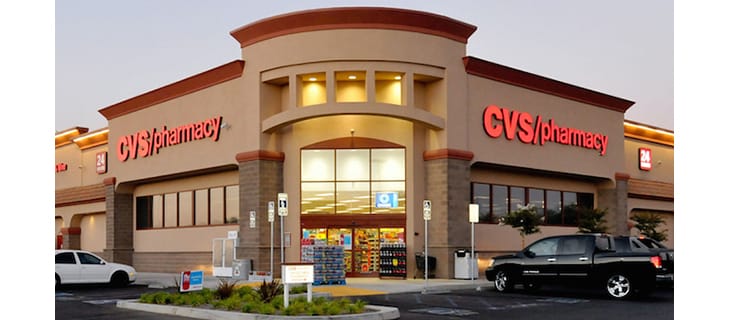
“We see a real opportunity to offer clients a simpler economic model that leverages proven PBM cost management strategies to provide predictable drug costs,” said Derica Rice, president, CVS Caremark. “As a result, CVS Health is introducing a straightforward, more holistic approach that enables plan sponsors to clearly see the net cost of their pharmacy benefit and select their PBM provider based on that criteria.”
Current pricing models offer discounts and rebates, but do not provide net cost predictability, and the variability between PBMs can make it difficult to draw direct comparisons. CVS Health’s new Guaranteed Net Cost pricing model guarantees the client’s average spend per prescription, after rebates and discounts, across each distribution channel retail, mail order and specialty pharmacy. The model focuses on a simple concept net cost per claim. Under the new model, CVS Caremark will pass through 100 percent of rebates to plan sponsors and take accountability for the impact of drug price inflation and shifts in drug mix. With the Guaranteed Net Cost model, clients continue to have the option to implement point-of-sale rebates to provide plan members visibility into the net costs of their medication.
Guaranteed Net Cost is calculated using plan utilization and expected rebate value, and applying projected drug price inflation and expected shift in drug mix (e.g., movement from brands to generics). Any plan design decisions clients choose to implement to help manage appropriate drug utilization or encourage the use of lower-cost therapeutic alternatives would further positively impact overall plan drug costs.
“As a PBM, our job has always been to help our clients manage costs in the face of escalating drug prices without compromising clinical care, so they can continue to provide an affordable benefit to their members,” added Rice. “By simplifying the PBM economic model, we can focus on maximizing the impact of PBM strategies that help reduce costs for clients and consumers, and continue to develop additional innovative tools and approaches.”
To date, through the application of PBM tools, CVS Caremark has been successful in helping to improve adherence and keep drug cost inflation under control for clients despite steady price increases by manufacturers. In 2017, drug price growth for CVS Caremark PBM clients was only 0.2 percent, despite manufacturer price increases of nearly 10 percent. In addition, improvements in medication adherence helped reduce overall health care costs for CVS Caremark PBM clients by $600 million in 2017.

